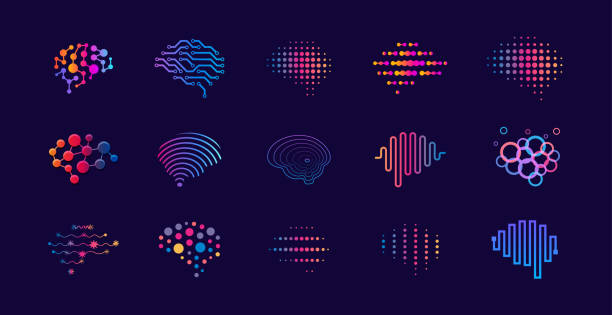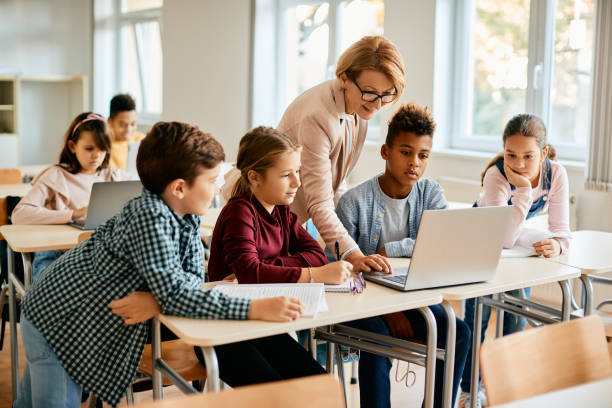Technology has had a profound impact on education and learning over the past few decades. From online learning platforms to interactive educational tools, technology has transformed the way students learn and educators teach. In this essay, we will explore the impact of technology on education and learning, both in the classroom and beyond.
Access to Information
The internet has made it easier than ever before to access information. Students can now research any topic from anywhere in the world, and the wealth of information available online is unparalleled. Online libraries, educational databases, and digital archives have made research faster, more efficient, and more accessible.
Interactive Learning
Technology has also made learning more interactive and engaging. Interactive educational tools, such as online simulations, virtual labs, and educational games, allow students to explore and experiment with concepts in a more hands-on way. Augmented reality and virtual reality tools enable students to explore topics in a more immersive way, which can enhance retention and understanding.
Personalization
Technology has made it possible to personalize learning experiences for individual students. Online learning platforms, such as Khan Academy and Coursera, use algorithms to adapt course content to the needs of individual learners. Similarly, educational software and applications can provide personalized feedback, allowing students to learn at their own pace and focus on their areas of weakness.
Collaboration
Technology has made it easier for students to collaborate and work together. Online collaboration tools, such as Google Drive and Microsoft Teams, allow students to share documents and work on projects together in real-time. Social media platforms, such as Twitter and Facebook, can be used to create online communities where students can share ideas and collaborate on projects.
Distance Learning
Distance learning has become increasingly popular in recent years, with many educational institutions offering online courses and degree programs. Online learning platforms, such as edX and Udemy, have made it possible for anyone with an internet connection to access education from anywhere in the world. This has made education more accessible and affordable, especially for those who live in remote or underprivileged areas.
Professional Development
Technology has also transformed professional development for educators. Online courses and webinars allow educators to continue learning and improving their skills from anywhere in the world. Educational technology tools, such as learning management systems and student information systems, have made it easier for educators to manage their classrooms and track student progress.
Challenges of Technology in Education
While technology has had many benefits in education and learning, it has also presented some challenges. One of the most significant challenges is the digital divide. Not all students have access to the technology and internet connectivity needed to fully participate in online learning. This can create inequalities in access to education and limit opportunities for some students.
Another challenge is the potential for technology to be a distraction in the classroom. Social media, online games, and other digital distractions can take students' attention away from learning and reduce their engagement in the classroom.
Finally, there is the challenge of ensuring that technology is used effectively in the classroom. Educators must be trained in how to effectively integrate technology into their teaching practices and how to use it to enhance learning outcomes.
Conclusion
Technology has had a significant impact on education and learning, from improving access to information and personalizing learning experiences to facilitating collaboration and enabling distance learning. While there are challenges to using technology effectively in the classroom, the benefits are clear. As technology continues to evolve and new tools and platforms emerge, educators must continue to adapt and innovate to ensure that students are prepared for the challenges of the 21st century.





0 Comments